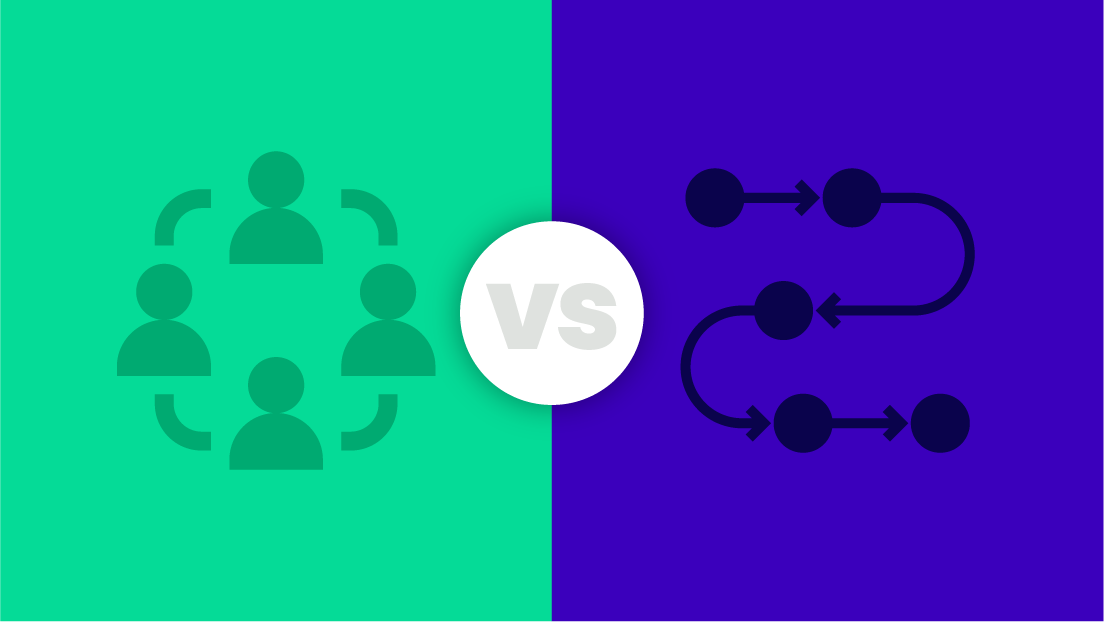A write-off is an expense that a business can subtract from its taxable income or taxes. This reduces the amount of money it owes to tax agencies. There are many types of write-offs, and each one has its own rules about when and how it can be used. Let’s take a closer look at what a write-off is, why businesses use them, and some examples of common write-offs.
What Are the Main Types of Write Offs?
Businesses rely on three main types of write offs. If you don’t have a dedicated accounting team, work with a CPA to determine which ones your business might be eligible for.
- Expenses: Accountants can subtract qualifying business expenses from the taxable income. For example, the cost of goods sold is an expense you can write off.
- Losses: Accountants can deduct some casualties suffered by the business from the taxable income. Examples include bad debts or theft.
- Tax Credits: These are qualifying expenses that a business can deduct from its taxable income or taxes. For example, federal solar credits apply directly to tax liabilities.
Why Do Businesses Use Write Offs?
There are two main reasons businesses use write-offs. Choose which one is your bigger priority and craft a financial strategy around this.
- Reducing Taxes: A write-off reduces the amount of money that a business owes in taxes, either directly or indirectly. This can save the business a lot of money, especially if it is a large company with a large taxable income.
- Improving Financial Position: A write-off also improves a business’s financial position by reducing its liabilities. This makes the business look more financially stable and can make it easier to borrow money or attract investors.
When and How Can a Business Use a Write-off?
Your best sources for determining when and how to use each business write-off are the IRS and your CPA. This is because rules differ for each one and can change from year to year. For example, tax deductions can only be taken if the business itemizes its deductions on its tax return. Expenses — with some exceptions — can only be written off if the business incurred them during the current tax year.
What Can Businesses Write Off?
Small business owners are often surprised to know all the items they use to lower their tax liabilities. These are some of the most common options:
- Advertising
- Bad debts
- Charitable donations
- Asset depreciation
- Employee wages
- Interest
- Rent
- Supplies
What Is a Good Write Off Example?
June owns a small bakery that primarily serves coffee shops. During the first set of shutdowns in 2020, Mocha Cafe shut its doors and never reopened. The business owner owed $20,000 in trade receivables to June. Within a month, he dissolved the business and filed for bankruptcy, but one bank collected all the money from liquidation to repay credit cards and a business loan.
Consequently, June determines she cannot collect the debt. She can write off accounts receivable she cannot collect, so she categorizes it as bad debt and provides the information to her CPA. When filing her 2020 returns, her CPA then deducts the bad debt via Schedule C Form 1040.
How Can Account Receivable Automation Assist With Write Offs?
Writing off bad debt is a useful accounting tool to help businesses weather uncertainty and customer debt. However, nothing beats receiving the actual cash. AR automation increases the likelihood of getting paid faster and in full. This, in turn, reduces the need to do write offs. The software also tracks what each customer owes, so you can better determine which accounts you will need to write off for the coming tax-filing year.
Are you ready to simplify your AR process and boost your cash flow? Get started with a free demo from Gaviti.





















